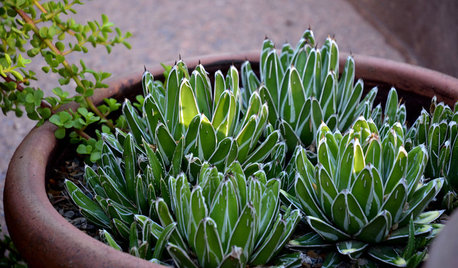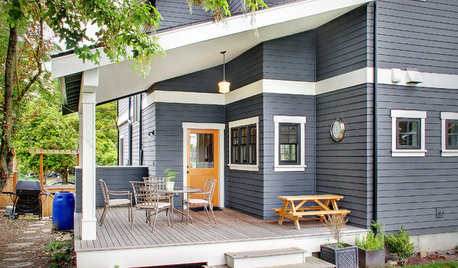Large scale corn producers ( 10`s or more of acreage ) and tips
hobbiest
11 years ago
Related Stories

DECORATING GUIDES5 Decorating Tips for Getting Scale Right
Know how to work art, sectionals, coffee tables, lamps and headboards for a positively perfect interior
Full Story
GARDENING GUIDES10 Small-Scale Agaves Just Right for Containers
Use these little living sculptures to enhance your outdoor spaces, from alfresco dining tables to urban courtyards
Full Story
SMALL HOMESEasy Green: 10 Tiny Homes That Live Large
Go ahead, micromanage. These 10 inventive spaces show how to pack a lot of living and style into small square footage
Full Story
MOST POPULARContractor Tips: Top 10 Home Remodeling Don'ts
Help your home renovation go smoothly and stay on budget with this wise advice from a pro
Full Story
WORLD OF DESIGNEngland’s Most Famous Garden Designer Has These Tips for You
Lancelot 'Capability Brown' was born 300 years ago, but his ideas about naturalistic landscape design may be more relevant than ever
Full Story
BEDROOMSDesigner Tips for Creating a Better Bedroom
In the dark about bedside lamps? Waffling over pillows at the store? Try these ideas for a more comfortable bedroom
Full Story
ARCHITECTURE5 Tips for Working Virtually With Your Architect
Whether you're across the country or around the corner, PDFs, screen sharing and more can make collaborating with a designer a smart move
Full Story
EXTERIORS5 Easy Tips for Choosing Your Exterior Paint Palette
Make your home the talk of the neighborhood — in a good way — with an exterior paint scheme that pops
Full Story
MOST POPULAR33 Magic Household Cleaning Tips
Houzzers from around the world share their tips for transforming housework into child’s play
Full Story
GARDENING GUIDESEssential Watering Tips for Your Edible Garden
To give your edible plants just what they need, check out these guidelines for how, when and how much to water
Full Story





nc_crn
pnbrown
Related Professionals
Carlisle Landscape Architects & Landscape Designers · Camas Landscape Architects & Landscape Designers · Woburn Landscape Contractors · Waterbury Landscape Contractors · Beachwood Landscape Contractors · Lewisville Landscape Contractors · Manhattan Landscape Contractors · Middletown Landscape Contractors · Paterson Landscape Contractors · Peoria Landscape Contractors · Suitland Landscape Contractors · Westford Landscape Contractors · Chicago Ridge Landscape Contractors · Milpitas Driveway Installation & Maintenance · Winston-Salem Driveway Installation & Maintenancefarmerdill
hobbiestOriginal Author
farmerdill
pnbrown
RpR_
thatcompostguy
hobbiestOriginal Author
pnbrown